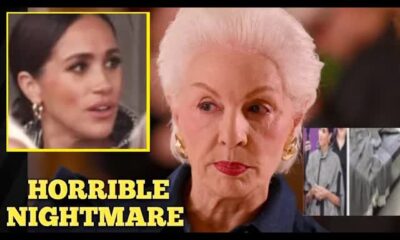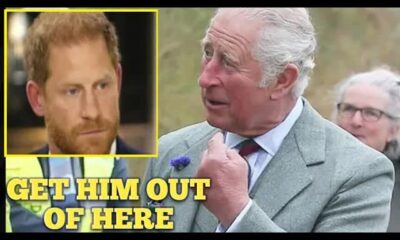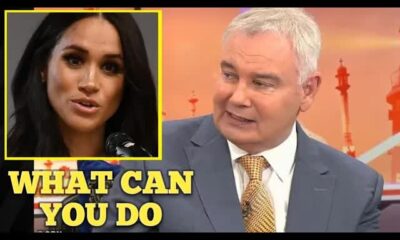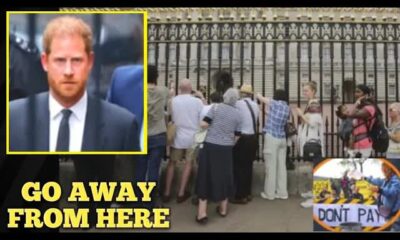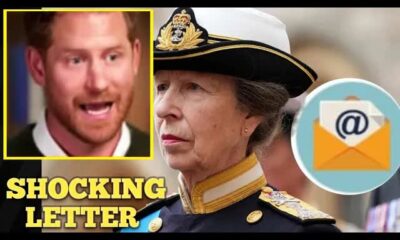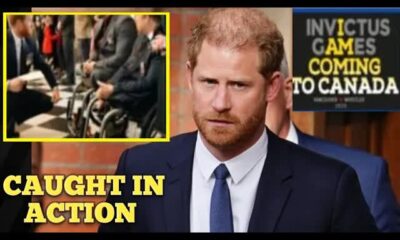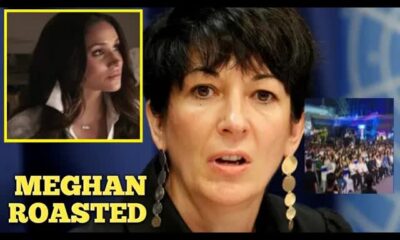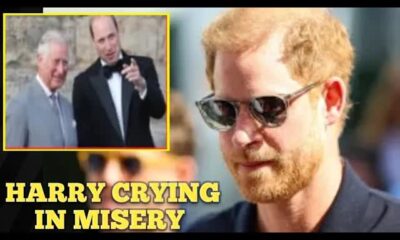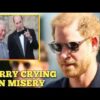The News
Harry’s Unfortunate Housing Dilemma: A Royal Exposé
The annual report on royal spending has sparked a fresh wave of scrutiny regarding Prince Harry's grievances about his treatment within the royal family.
Recently, Harry voiced his feelings of being a mere “walking kidney transplant,” a backup plan overshadowed by his brother, Prince William.
His memoir, “Spare,” paints a picture of a man who feels perpetually sidelined in a race he never had the chance to run.
But the latest revelations from the Sovereign Grant's report challenge his narrative.
In his book, Harry lamented the living arrangements he faced, particularly when compared to the luxurious lifestyle enjoyed by William and Catherine.
He described being relegated to Nottingham Cottage while they resided in a lavish, museum-like apartment.
However, the recent financial disclosures reveal that for the past four years, a grand apartment, comparable to William's, has sat vacant—an opportunity that could have been Harry's if he had chosen to remain in the UK.
This brings into question the sympathy many may feel for Harry.
As he argues in “Spare,” he has been treated as second best, especially when it comes to royal accommodations.
Yet, the report highlights that a spacious 21-room apartment was available next door to William and Catherine.
This raises eyebrows about Harry's claims of being consistently treated as an afterthought.
Royal Editor Richard Palmer pointed out that the Duke and Duchess of Gloucester have occupied their apartment for over 40 years, but it has remained empty since they vacated it.
The Sussexes had initially been offered various properties, but Harry claimed they were too extravagant or costly to renovate.
It's hard to reconcile how one can simultaneously feel slighted for inadequate housing while also rejecting perfectly suitable options.
The narrative surrounding Harry and Meghan's housing woes seems increasingly convoluted.
While they express dissatisfaction over their modest accommodations, the reality is that they could have opted for a more substantial residence if they had wished.
Instead, they chose to settle in Frogmore Cottage on the Windsor Estate, which raises questions about their genuine grievances.
Moreover, Harry's portrayal of their living situation seems inconsistent.
He once called Nottingham Cottage “too small,” yet later dismissed other potential homes as “too big” and “expensive.”
One can't help but wonder if this reflects a deeper struggle with maintaining a coherent stance on his royal experiences.
The Sovereign Grant report not only sheds light on Harry's housing complaints but also reveals the broader context of royal expenses.
King Charles has made headlines for his environmentally conscious choices, like running his Aston Martin on cheese and wine.
Yet, it appears that royal travel remains lavish, with numerous helicopter trips and charter flights documented in the report.
This contradiction between advocating for sustainability and indulging in extravagant travel highlights a recurring theme within the royal family.
Both Harry and Charles seem to grapple with the tension between their public personas and private realities, often undermining their own points in the process.
As Harry continues to assert his struggles in the royal spotlight, the financial disclosures serve as a reminder that he had access to significant resources.
Despite his claims of feeling marginalized, he had opportunities that many would envy, including the possibility of residing in a grand apartment in Kensington Palace.
Ultimately, the juxtaposition of Harry's narrative against the backdrop of royal spending reveals a complex dynamic.
While he seeks to portray himself as a victim of circumstance, the reality suggests a different story—one where choices played a significant role in shaping his experiences.
In the end, the royal family's struggles with image and privilege persist, even as Harry attempts to carve out his own identity.
The ongoing dialogue about their living situations, environmental commitments, and personal choices continues to captivate the public, making it clear that the saga of the Sussexes is far from over.





